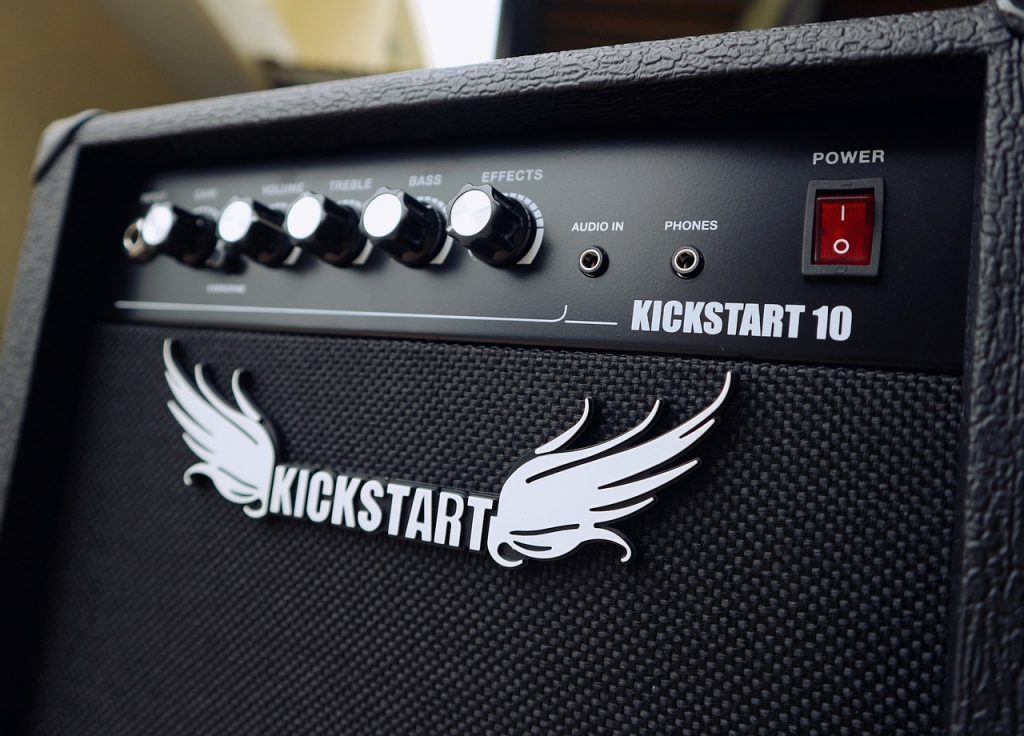
GUEST POST from Greg Satell
A recent Pew poll found that, while Americans generally view scientific expertise in high regard, there are deep pockets of mistrust. For example, less than half of Republicans believe that scientists should take an active role in policy debates and significant minorities question the transparency and integrity of scientific findings.
An earlier study done by researchers at Ohio State University found that, when confronted with scientific evidence that conflicted with their pre-existing views, such as the reality of climate change or the safety of vaccines, partisans would not only reject the evidence, but become hostile and question the objectivity of science.
This is a major problem, because if we are only willing to accept evidence that agrees with what we already think we know, we are unlikely to advance our understanding. Perhaps even worse, it opens us up to being influenced by pundits —those with strong opinions but questionable expertise. When we turn our backs on science, we turn our backs on truth.
The Rise Of Science
When René Descartes wrote “I think, therefore I am” in the mid 1600s, he was doing more than coining a clever phrase, he was making an argument for a rational world ruled by pure logic. He believed that you could find the answers to problems you needed to solve merely by thinking about them clearly.
Yet Descartes and his rational movement soon ran out of steam. Many of the great minds that followed, such as John Locke and David Hume, took a more empirical view and argued that we can only truly understand the world around us through our experiences, however flawed and limited they may be.
It was this emphasis on experiences that led us to the concept of expertise. As the Renaissance and the Enlightenment gave way to the modern world, knowledge became specialized. It was no longer enough to think about things, the creation of knowledge came to be seen as arising from a scientific process of testing hypotheses through experiment.
This was a major shift, because you could no longer simply argue about things like how many angels could fit on the head of a pin, you actually had to put your thoughts to the test. Others could then examine the same evidence and see if they came to the same conclusions as you did. Thinking about things wasn’t enough, you had to show that they worked in the real world.
The Soccer Ball You Can’t See
Science is a funny thing, full of chance discoveries, strange coincidences and unlikely moments of insight. In his book, The God Particle, the Nobel prizewinning physicist Leon Lederman tells a metaphorical story about an alien race watching a soccer game to illustrate how it is practiced.
These aliens are very much like humans except that they can not see black and white patterns. If they went to a soccer game, they would be utterly confused to see a bunch of guys running around a field for no apparent reason. They could come up with theories, formulas and other conjectures, but would fail to make useful predictions.
Eventually, one might notice a slight bulge in the net of the goal just as the crowd erupted in a cheer and come up with a crazy idea about an invisible ball. Through further observation, they could test the hypothesis and build evidence. Although they could never actually see the ball, they could catalogue its effects and use them to understand events.
His point is that science is not common sense. It deals with things that we do not directly experience, but nevertheless have concrete effects on the world we live in. Today, we live in a world of the visceral abstract, where oddball theories like relativity result in real innovations like microprocessors and the Internet.
Cargo Cult Science
Because so much of science deals with stuff we can’t directly experience, we need metaphors like Lederman’s story about the aliens to make sense of things. Part of the fun of science is letting your imagination run wild and seeing where things go. Then you can test those ideas to see if they actually reflect reality.
The problem is that pundits and flakes can do the same thing — let their imagination run wild — and not bother to test whether they are true. Consider the anti-vax movement, which has no scientific basis, but has gone viral and led to a resurgence of diseases that were nearly extinct. Nevertheless, dressed up in some scientific sounding words, the idea that vaccines cause disease in children can be very convincing.
The physicist Richard Feynman called this cargo cult science, after a strange phenomenon that takes place on some islands in the South Pacific in which some tribes try to mimic the use of technology. For example, they build mock airstrips in the hopes that airplanes would appear with valuable cargo.
What makes science real is not fancy sounding words or white lab coats, but the fact that you work under certain constraints. You follow the scientific method, observe professional standards and subject your work to peer review. Pundits, on the other hand, do none of these things. Simply having an opinion on a subject will suffice.
The New Mysticism
Clearly, science is what created the modern world. Without science, you cannot have technology and without technology, you cannot create prosperity. So, on purely economic terms, science is extremely important to our success as a society. We need science in order to progress.
Yet in broader terms, science is the search for truth. In a nutshell, science is the practice of coming up with testable statements to see what’s possible. That’s what separates Darwin’s theory of natural selection and the big bang from nonscientific theories. The former is a matter of science, which can be tested through experiment and observation, the latter a matter of faith and belief.
Consider what Marco Rubio said in an interview with GQ about the age of the universe a few years ago:
“I think the age of the universe has zero to do with how our economy is going to grow. I’m not a scientist. I don’t think I’m qualified to answer a question like that. At the end of the day, I think there are multiple theories out there on how the universe was created and I think this is a country where people should have the opportunity to teach them all.”
Yet the big bang is not just a theory, but the result of a set of theories, including general relativity and quantum mechanics, combined with many observations over a period of decades. Students in physics class are supposed to learn about the big bang not to shape their religious beliefs, but because of its importance to those underlying theories.
And those concepts are central to our everyday lives. We use relativity to calibrate GPS satellites, so that we can find restaurants and target missiles. Quantum mechanics gave us lasers and microprocessors, from which we make barcode scanners and iPhones. In fact, the theories underlying big bang are essential for our modern economy to function.
When we turn our backs on science, what we are left with is essentially a form a mysticism. We can listen to our inner voices to decide what we believe and, when faced with a competing idea, ascribe its provenance to only someone else’s inner voice. Once we make truth a matter of opinion, we start our way down a slippery slope.
— Article courtesy of the Digital Tonto blog
— Image credit: Pixabay
![]() Sign up here to join 17,000+ leaders getting Human-Centered Change & Innovation Weekly delivered to their inbox every week.
Sign up here to join 17,000+ leaders getting Human-Centered Change & Innovation Weekly delivered to their inbox every week.









